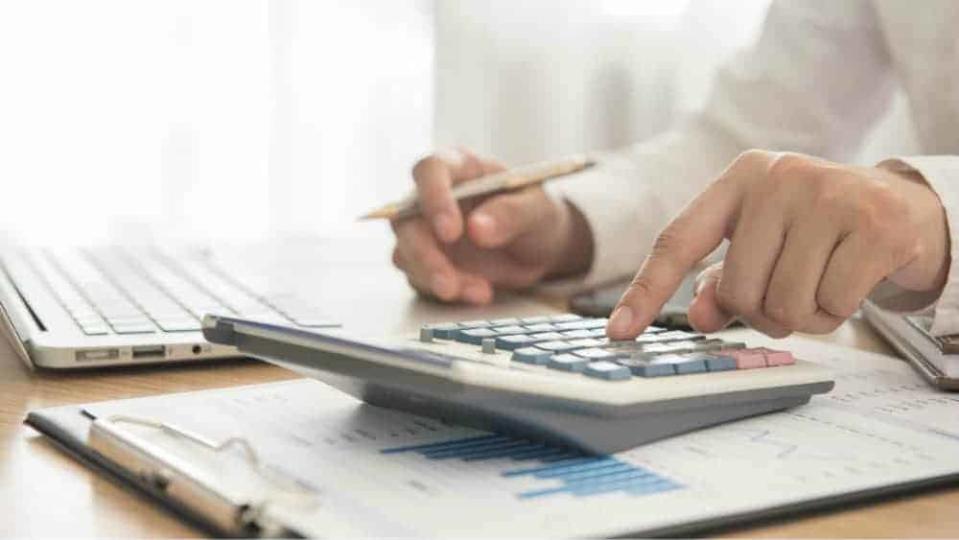If You’d Invested $5,000 in Brookfield Renewable Partners Stock in 2023, This Is How Much You Would Have Today

Written by Tony Dong, MSc, CETF® at The Motley Fool Canada
So, imagine last year you decided to park $5,000 into Brookfield Renewable Partners (TSX:BEP.UN), eyeing its sweet mix of green energy projects and that nice dividend yield (6.14% as of April 8). It’s a pretty solid choice for getting into the renewable energy game and snagging some passive income, right?
As cool as it sounds to own a piece of the clean energy pie, it’s still sticking your dollars into one basket. And that basket can get shaken up by market mood swings, new rules from the government, or changes in monetary policy.
Let’s break down how your $5,000 investment would’ve fared through the ups and downs of 2023.
How your investment would have fared
If you’d put $5,000 into Brookfield at the beginning of 2023, by now, you’d be looking at $4,824. That’s a bit of a drop, giving you a -2.83% compound annual growth rate (CAGR) — not exactly the green explosion you might have hoped for, right?
But let’s say you just parked that $5,000 in good, old cash — a savings account or something similar. You’d have a little bump up to $5,328, thanks to a CAGR of 5.22%. That’s not thrilling, but hey, at least it’s going up!
Now, the S&P/TSX 60 Index — that’s where the action was. That $5,000 would have grown to $5,942. That’s a sweet 14.80% CAGR. The broader Canadian stock market pulled its weight!
A word on risk
Here’s the twist, though: volatility (Stdev, or standard deviation). It’s like the rollercoaster factor for your investments. Brookfield had you gripping the safety bar with a 34.40% Stdev, while cash kept things smooth and steady at 0.10%. What about the TSX fund? It’s a middle-of-the-track experience at 13.61%.
And about those gut-check moments — the max drawdown shows the biggest drop from peak to trough. Brookfield had a stomach-churning -30.93% drawdown, while the TSX 60 index was a lot less nerve-wracking at -7.63%.
So, with dividends rolled back in, cash proved safe but sleepy, the TSX 60 index was the star player, and Brookfield … well, let’s just say it could have been a sunnier day in the green energy sector.
Why did this happen?
It’s not always possible to pinpoint the exact reason why a specific stock goes down, but for Brookfield, the impact of rising interest rates is a plausible factor.
Utility companies like Brookfield often carry significant amounts of debt due to the capital-intensive nature of their operations. When interest rates are high, the cost to service this debt increases, which can squeeze profit margins and make the stock less attractive to investors.
It’s also worth noting that the utility sector on the TSX experienced downturns as well, indicating that the challenges faced by Brookfield might have been part of a broader sector trend.
The takeaway here is the importance of diversification. By spreading investments across multiple stocks from various sectors, you can mitigate the risk of any one company or sector significantly impacting your portfolio’s overall performance.
The post If You’d Invested $5,000 in Brookfield Renewable Partners Stock in 2023, This Is How Much You Would Have Today appeared first on The Motley Fool Canada.
Should you invest $1,000 in Brookfield Renewable Partners right now?
Before you buy stock in Brookfield Renewable Partners, consider this:
The Motley Fool Stock Advisor Canada analyst team just identified what they believe are the 10 best stocks for investors to buy now… and Brookfield Renewable Partners wasn’t one of them. The 10 stocks that made the cut could potentially produce monster returns in the coming years.
Consider MercadoLibre, which we first recommended on January 8, 2014 ... if you invested $1,000 in the “eBay of Latin America” at the time of our recommendation, you’d have $15,578.55!*
Stock Advisor Canada provides investors with an easy-to-follow blueprint for success, including guidance on building a portfolio, regular updates from analysts, and two new stock picks each month – one from Canada and one from the U.S. The Stock Advisor Canada service has outperformed the return of S&P/TSX Composite Index by 32 percentage points since 2013*.
See the 10 stocks * Returns as of 3/20/24
More reading
Can You Guess the 10 Most Popular Canadian Stocks? (If You Own Them, You Might Be Losing Out.)
How to Build a Bulletproof Monthly Passive-Income Portfolio in 2024 With Just $25,000
Fool contributor Tony Dong has no position in any of the stocks mentioned. The Motley Fool recommends Brookfield Renewable Partners. The Motley Fool has a disclosure policy.
2024

 Yahoo Finance
Yahoo Finance 